Exploring the ABB DSAO130 57210001-FG Analog Output Unit Overview of the DSAO130 Analog Output Unit The ABB DSAO130 57210001-FG Analog Output Unit is a sophisticated control module tailored for industrial automation systems. With its ability to provide multiple analog output channels, this unit facilitates precise control and adjustment of output signals, making it a vital component in various applications. Its reliable performance and versatile interface design ensure consistent operation across different environments, making it ideal for sectors like manufacturing, process control, and energy management. High-Performance Specifications The DSAO130 is designed to deliver high-quality performance, featuring 16 analog output channels. Each channel supports outputs of 0-10V and 0-20mA, with an accuracy of 0.4%. This level of precision allows users to meet the specific demands of diverse devices and applications, enhancing overall system efficiency. Compact Design and Dimensions One of the advantages of the DSAO130 unit is its compact size, making it easy to integrate into existing systems. Here are its dimensions: Depth / Length: 324 mm Height: 18 mm Width: 225 mm Weight: 0.45 kg This lightweight design does not compromise its functionality, allowing for easy installation in a variety of industrial settings. Applications in Industry Versatile Use Cases The ABB DSAO130 is widely applicable across different sectors. Its robust features make it suitable for: Manufacturing: Streamlining operations by providing precise control over machinery. Process Control: Enhancing system performance in chemical and food processing industries. Energy Management: Assisting in efficient power distribution and monitoring. These applications highlight the DSAO130’s adaptability and importance in modern industrial automation. Installation and Configuration Getting Started Installing and configuring the DSAO130 Analog Output Unit is straightforward. The user manual provides comprehensive instructions, including detailed wiring diagrams to facilitate a smooth setup process. By following these guidelines, users can quickly integrate the unit into their existing systems without complications. Conclusion The ABB DSAO130 57210001-FG Analog Output Unit is an essential tool for achieving high-performance control in industrial automation. Its precise output capabilities, compact design, and versatility make it a top choice for professionals looking to enhance their systems. With straightforward installation and a wide range of applications, the DSAO130 is a reliable solution for modern industrial challenges. ABB S200-TB2 S200TB2 ABB CMA112 3DDE300013 ABB DSAI155A 3BSE014162R1 ABB PM592-ETH 1SAP150200R0271 ABB 086339-001 ABB IMFEC11 ABB TC530 3BUR000101R1 ABB 3HNA007719-001 3HNA006145-001 ABB DTCA711A 61430001-WN ABB 3BHE043576R0011 UNITROL 1005-0011 ABB 3BHE006805R0001 DDC779 BE01 ABB 209630R2 B4LAA ABB TU842 3BSE020850R1 ABB 3BHE024855R0101 UFC921 A101 ABB PM875-2 3BDH0006...
Read More

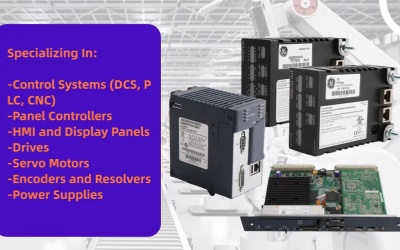
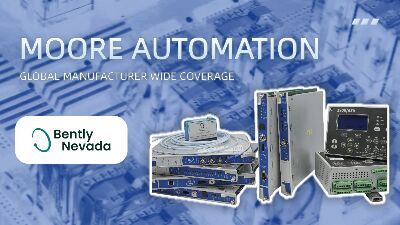
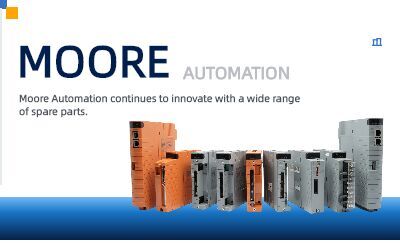

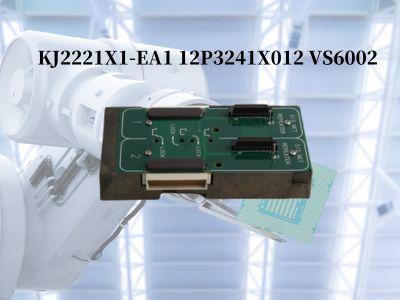
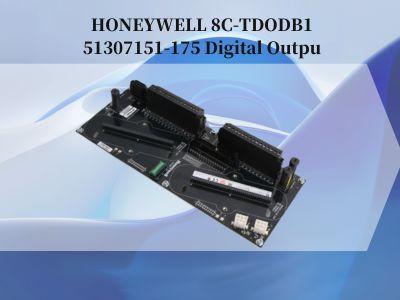
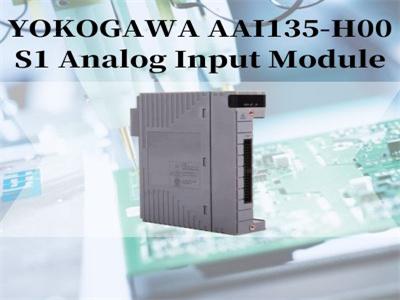
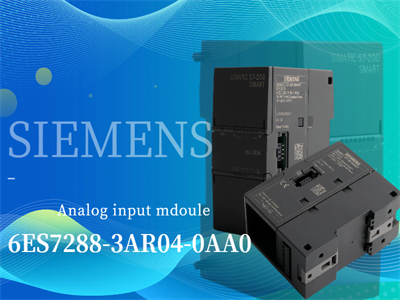
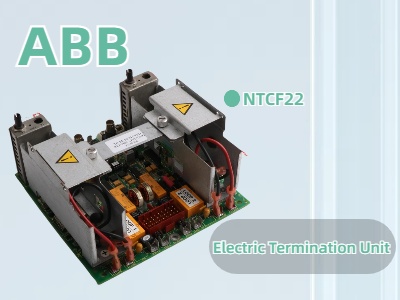
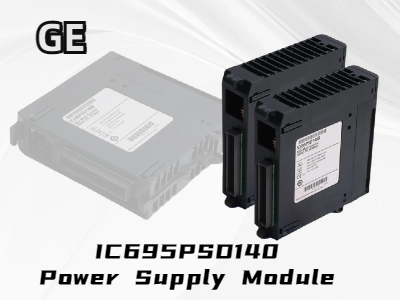

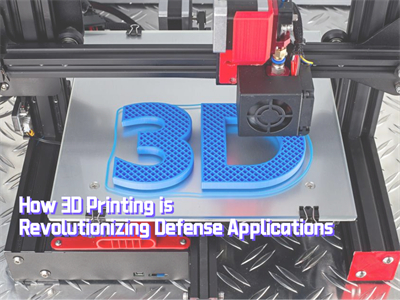
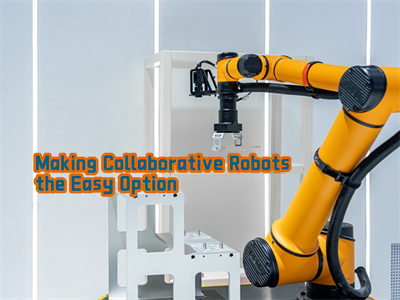










 IPv6 network supported
IPv6 network supported